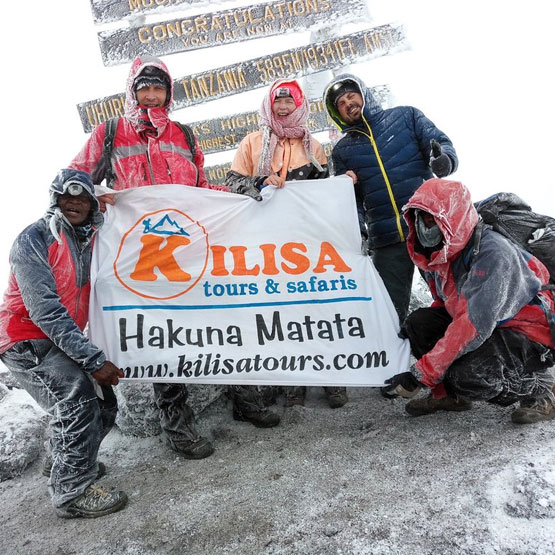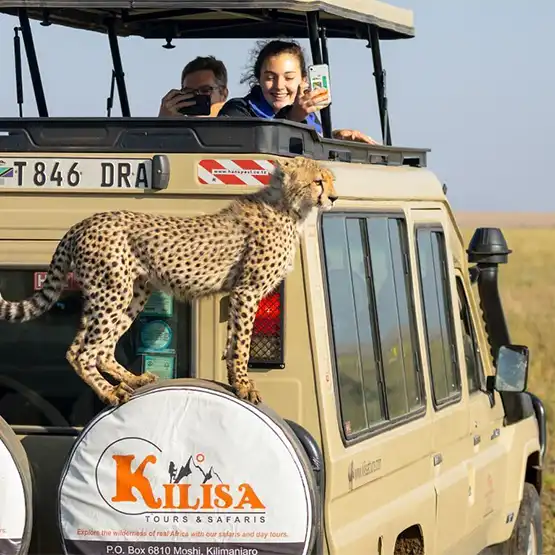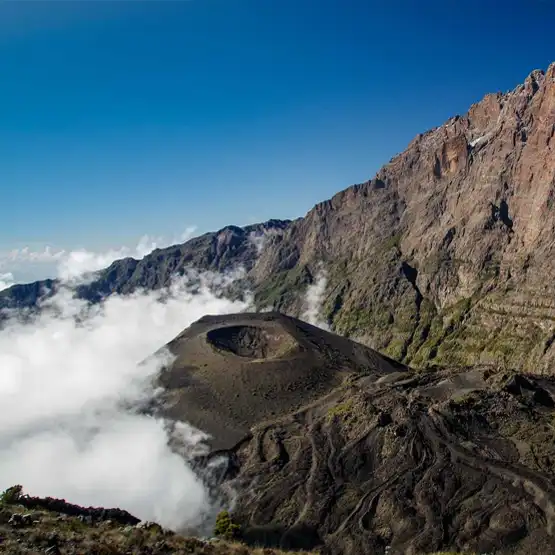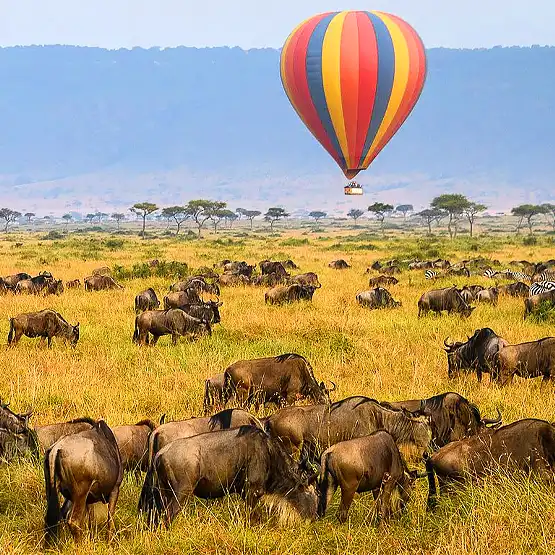Sustainable Kilimanjaro trekking routes 2025
Mount Kilimanjaro, the towering icon of Africa, continues to captivate adventurers worldwide. For 2025, Kilimanjaro trekking brings exciting updates with a focus on sustainability and environmental preservation. As the demand for eco-conscious travel grows, Tanzania has introduced new sustainable trails and enhanced existing routes to minimize environmental impact while offering trekkers unforgettable experiences.
Why Sustainability Matters in Kilimanjaro Trekking
1. Protecting a UNESCO World Heritage Site
Mount Kilimanjaro is a UNESCO World Heritage Site and home to diverse ecosystems, including unique flora and fauna. However, the increasing number of trekkers has put pressure on its delicate environment. Sustainable trails aim to preserve the mountain’s pristine beauty for future generations.
2. Supporting Local Communities
Sustainable trekking initiatives often involve partnerships with local communities. These programs ensure that porters, guides, and local businesses benefit fairly, promoting ethical tourism practices.
3. Reducing Carbon Footprints
Eco-friendly measures like waste management, the use of renewable energy at camps, and environmentally friendly trekking practices help reduce the carbon footprint of each expedition.
What’s New in Kilimanjaro Trekking for 2025?
1. Introduction of New Sustainable Trails
To reduce congestion on popular routes like Marangu and Machame, new trails have been introduced. These routes are designed to disperse trekkers and provide a more intimate connection with nature while preserving less-traveled parts of the mountain.
2. Enhanced Waste Management Systems
In collaboration with local and international environmental organizations, new waste collection systems have been implemented along all routes. Trekkers are now required to adhere to a “leave no trace” policy, ensuring that all waste is carried off the mountain.
3. Eco-Friendly Campsites
Campsites along the trekking routes have been upgraded to include solar-powered lighting, eco-toilets, and water purification systems. These innovations not only improve the trekking experience but also reduce the environmental impact.
4. Community-Based Trekking Programs
Some routes now offer community-based trekking experiences, where trekkers can interact with local villages, learn about Chagga culture, and contribute directly to community development projects.
Top Sustainable Routes to Explore in 2025
1. Northern Circuit Route
Known as the most scenic and least crowded route, the Northern Circuit has gained popularity among eco-conscious trekkers. This longer route offers excellent acclimatization and breathtaking views of Kilimanjaro’s northern slopes, making it a sustainable and rewarding choice.
2. Lemosho Route
The Lemosho Route is renowned for its stunning scenery and lower traffic. It passes through lush rainforests, alpine meadows, and the Shira Plateau, offering diverse landscapes while minimizing environmental strain.
3. Rongai Route
As the only route approaching Kilimanjaro from the north, the Rongai Route provides a quieter trekking experience. Its proximity to wildlife areas adds an extra layer of adventure, and its design helps reduce environmental congestion.
4. Grand Traverse Route (New for 2025)
This new trail, specifically developed with sustainability in mind, takes trekkers on an extended journey across Kilimanjaro’s lesser-explored areas. It offers a unique perspective of the mountain while promoting eco-friendly practices.
How to Prepare for a Sustainable Trek in 2025
1. Choose an Eco-Certified Tour Operator
Ensure your trek is organized by an operator committed to sustainability. Look for certifications or memberships in eco-tourism organizations and ask about their environmental policies.
2. Pack Responsibly
Carry reusable water bottles, biodegradable toiletries, and lightweight gear to minimize waste. Avoid single-use plastics, as these are strictly prohibited in Kilimanjaro.
3. Respect Trekking Guidelines
Follow all “leave no trace” principles, respect wildlife, and stick to designated trails to prevent unnecessary damage to the environment.
4. Support Local Communities
Purchase souvenirs from local artisans, hire local guides, and consider donating to community projects that benefit from trekking tourism.
What to Expect on a Sustainable Trek in 2025
1. Breathtaking Scenery
Whether it’s the lush rainforests, glacial landscapes, or the iconic Uhuru Peak, Kilimanjaro offers unparalleled natural beauty. Sustainable trails ensure these views remain unspoiled.
2. Smaller Groups and Less Crowding
With new routes and dispersal strategies, trekkers can expect quieter trails and more personal connections with nature.
3. Enhanced Trekking Facilities
Eco-friendly campsites, improved waste management, and solar-powered amenities make the trek more comfortable while protecting the environment.
4. A Deeper Connection with Nature
Sustainable trekking is not just about reaching the summit; it’s about appreciating the journey and understanding the importance of preserving Kilimanjaro’s ecosystem.
Kilimanjaro trekking in 2025 is about more than conquering Africa’s highest peak—it’s about doing so responsibly. With new sustainable trails, improved facilities, and community-focused initiatives, trekkers can enjoy an unforgettable adventure while contributing to the preservation of this natural wonder.
By choosing eco-conscious practices, you’ll not only have a more meaningful trekking experience but also play a part in safeguarding Kilimanjaro’s legacy for generations to come.
FAQs
- What makes a trekking route sustainable?
Sustainable routes are designed to minimize environmental impact, reduce trail congestion, and promote eco-friendly practices. - How do I find an eco-certified tour operator?
Look for operators with memberships in organizations like the Kilimanjaro Porters Assistance Project (KPAP) or other eco-tourism bodies. - What is the best time to trek Kilimanjaro in 2025?
The dry seasons, from January to March and June to October, remain the best times for trekking. - Are the new trails more challenging?
While some new trails may be longer or less familiar, they are designed to balance adventure with safety and sustainability. - Can I trek Kilimanjaro as a beginner?
Yes, with proper preparation and acclimatization, beginners can successfully trek Kilimanjaro. Choosing a longer route like the Northern Circuit can improve your chances of reaching the summit.
Discover Tanzania’s Iconic National Parks and Conservation Areas
- Mount Kilimanjaro National Park – Explore the majestic landscapes of Africa’s highest peak.
- Ngorongoro Conservation Area – Experience the stunning crater and rich wildlife of this UNESCO World Heritage Site.
- Ruaha National Park – Encounter untamed wilderness and diverse wildlife in Tanzania’s largest park.
- Mkomazi National Park – Discover rare species like the black rhino and African wild dog in this serene park.
- Mikumi National Park – Enjoy easy access to abundant wildlife in Tanzania’s most accessible safari park.
Visit our pages for more details and plan your adventure today!







